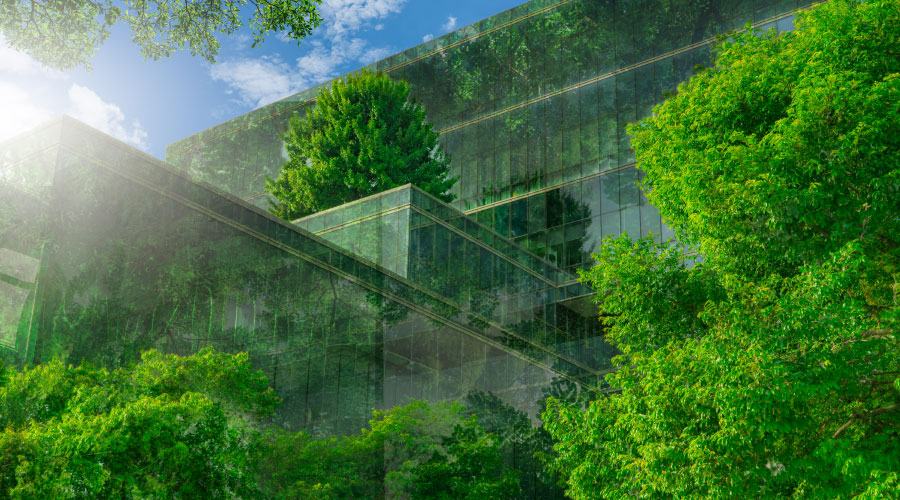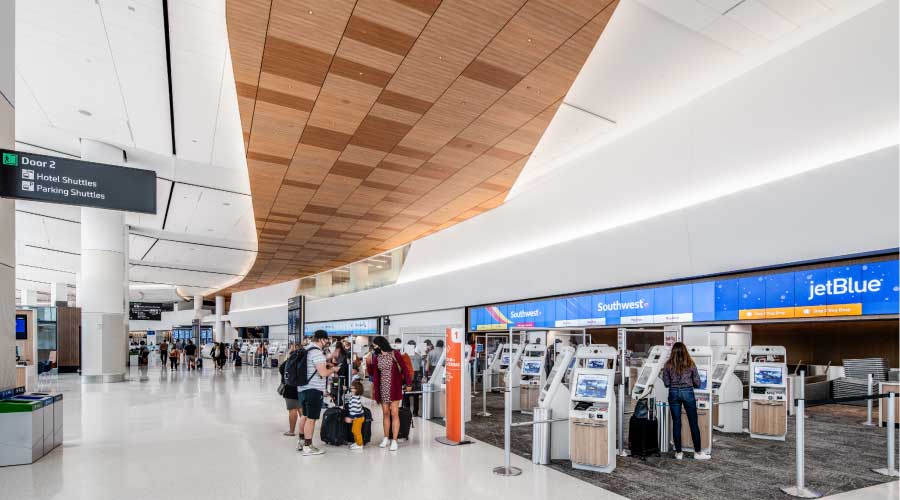Legal Issues Complicate LEED Guarantees
Any organization looking to receive delivery of a LEED-certified building at a certain certification level and perhaps by a certain date — whether by purchase, lease or renovation — should seriously consider drafting a contract just as airtight as the building.
Failure to specify who is responsible for delivery of the green elements of the building and whether the builder is claiming to guarantee delivery of a LEED certification have resulted in several lawsuits that make the need for an excellent contract all the more clear.
Using LEED or other green building criteria (such as Energy Star, Green Globes, or Passive House) has become a business imperative, and the use of LEED in development contracts or leases needs careful forethought to assure that the goals of the organization seeking LEED certification are well met.
LEED, of course, is a point system, allowing different methods of achieving a basic certification, which requires 40-49 points, or certification at higher levels, which are Silver at 50-59 points, Gold at 60-79 points, and Platinum above 80. LEED, or Leadership in Energy and Environmental Design, was created by the USGBC to encourage the creation of green buildings, and while it is not the only available measure, it deserves a large portion of the credit for a global movement toward green building design and operation. These buildings, whether new construction, or existing buildings whose operations and maintenance are maximized, are more energy efficient, have cleaner indoor air, make more intelligent use of water resources, and result in pleasing environments for people to work and live.
But merely specifying the delivery of a LEED building in a contract for purchase, development or lease is not enough. There are many different ways to arrive at a certain level of LEED green certification. First, one must understand that the U.S. Green Building Council has several categories of LEED certification, such as: New Construction and Major Renovation, Core & Shell, Commercial Interiors, Schools, Healthcare, Retail, Existing Buildings: Operations and Maintenance, Homes, and Neighborhood Development.
Under whichever category one is working, points toward certification can be earned in a variety of ways. Energy improvements can earn up to 35 points, including planning measures for optimizing energy performance for up to 19 points, and on-site renewable energy for up to seven. But the building's energy measures are but one of the ways to earn points toward LEED. The selection of a "sustainable site" can earn up to 26 points, including five for developing in a dense, well-connected area well suited for walking, and six for easy access to public transportation. Indoor environmental quality can earn up to 15 points, including one point each for materials that have low emissions of volatile organic compounds. Productive use of materials and resources, such as re-using a building, can earn up to 14 points. Water efficiency can earn up to 10 points, including points for efficient landscaping, green roofs, or grey water systems.
These are undeniably fantastic building elements, but because there are many ways to arrive at a LEED certification, and because the LEED process does not mandate particular building systems, LEED rating systems for new construction and renovation do not purport to guarantee, for example, any particular level of energy efficiency. In addition, while USGBC presently has a program for gathering building data on a building's energy performance over time, to date USGBC has made clear that the actual performance data will not affect the original LEED certification for new construction and renovations. Those rating systems are about certifying certain design elements, but not about how well they work over time.
A Hypothetical LEED Project
Let's say a developer contracts with a large bank to deliver a LEED Silver building on 43rd Street in New York City by the end of 2012. The bank tells the developer that it is critical that it receive its LEED Silver certification on time in order to qualify for a tax credit. Alternatively, let's say the bank's new building is in a jurisdiction that has mandated LEED Silver for new commercial structures over 100,000 square feet.
The developer completes the project by July 2012, and applies to USGBC for LEED Silver certification. The end of 2012 comes and USGBC does not issue the certification because it needs more time to review the project or because it believes that the rooftop solar panel credits being sought are in conflict with an effort to take credit for green roof features. The bank loses its tax credit in New York or it finds itself unable to timely get a Certificate of Occupancy in the second jurisdiction because its building is not yet certified LEED Silver.
Who should the bank sue? Whose responsibility is it for these failures? One of the first LEED lawsuits, Shaw Development, LLC v. Southern Builders, Inc., in Maryland, involved the failure to timely deliver LEED certification, which resulted in the loss of a tax credit. The case was resolved out of court but the issue of who pays for the failure to deliver LEED looms.
Related Topics:














